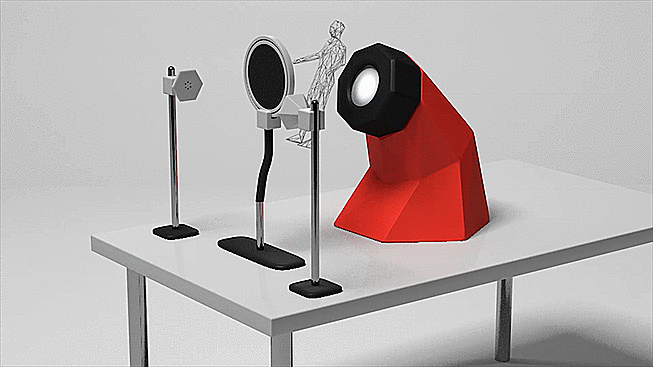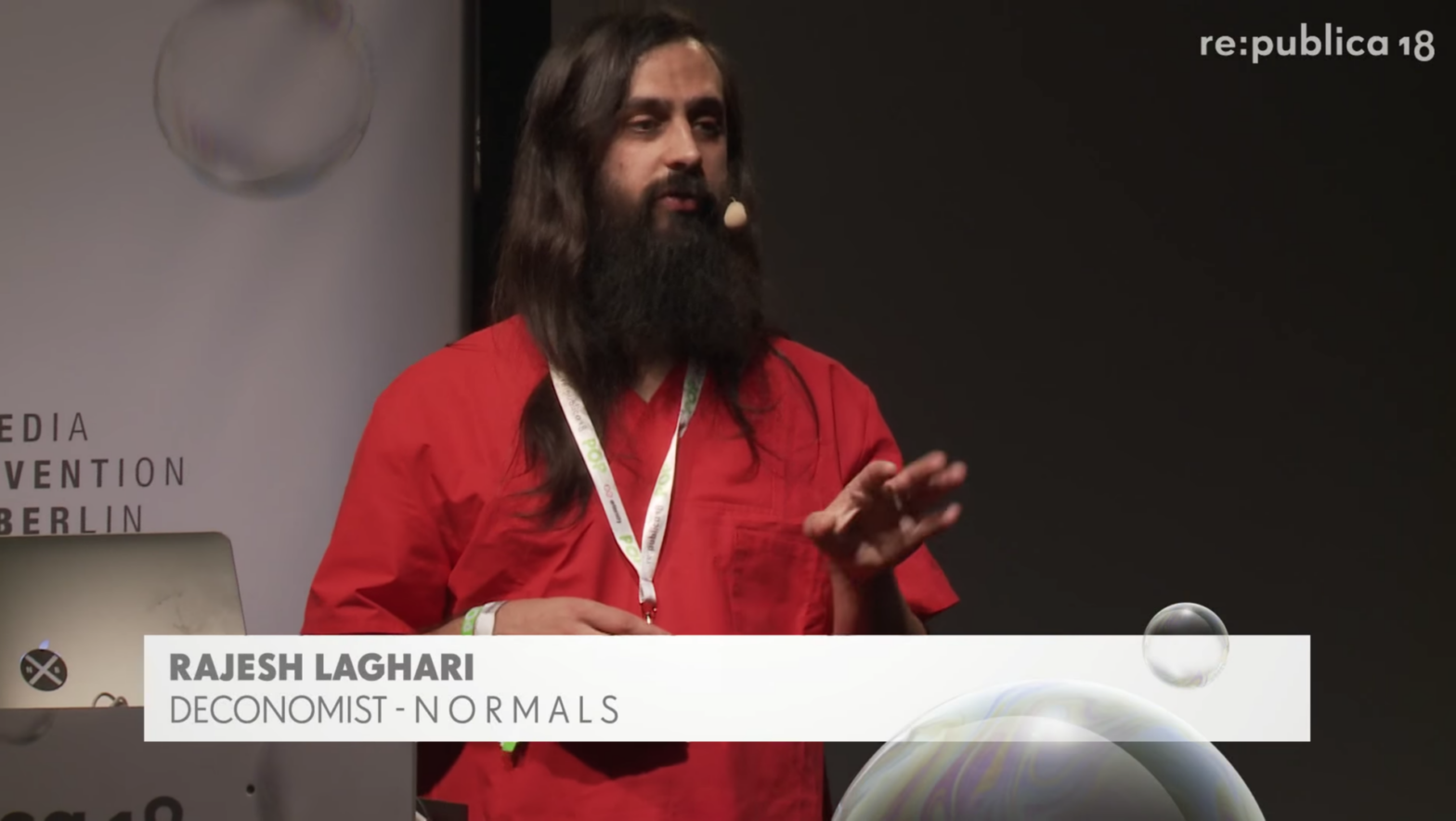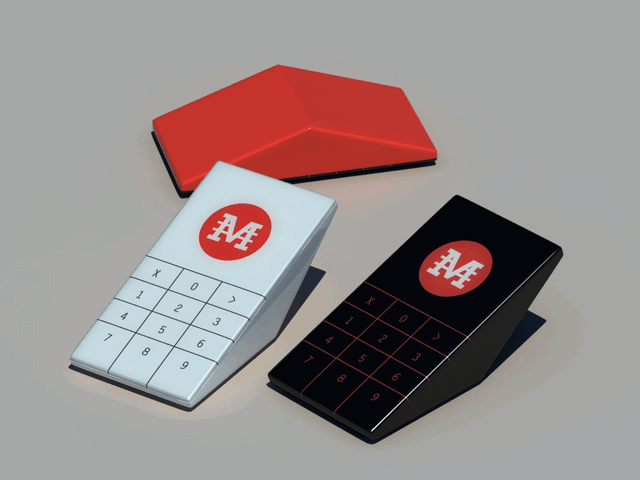A by-product of worldbuilding, speculative inventions often lead to imagining future science. The resulting theories make the fiction more believable through the possibilities they unlock, but also the tradeoffs they reveal. These serve as creative constraints and new vantage points for debating technological questions.

At times, we need some creative science to make ideas of the future extra plausible. To place speculations beyond questioning and avoid letting our ideas rely on mere magic, we build as much as possible upon existing science and technology.
‘Magic-proofing’ is a way to protect the fiction. For example, when we share ideas of the future that revolve around social speculation, aware that the technology backing it up won’t be ready for another few years, we want to avoid the savvier few in the audience to derail them by focusing on technicalities.
Such situations call for additional scientific backup to provide context for the proposed technology. To that end, we might write fictional research, published as articles or white papers, and based on existing science. These technological leaps of faith play a narrative function, but must not become some miraculous solution.


